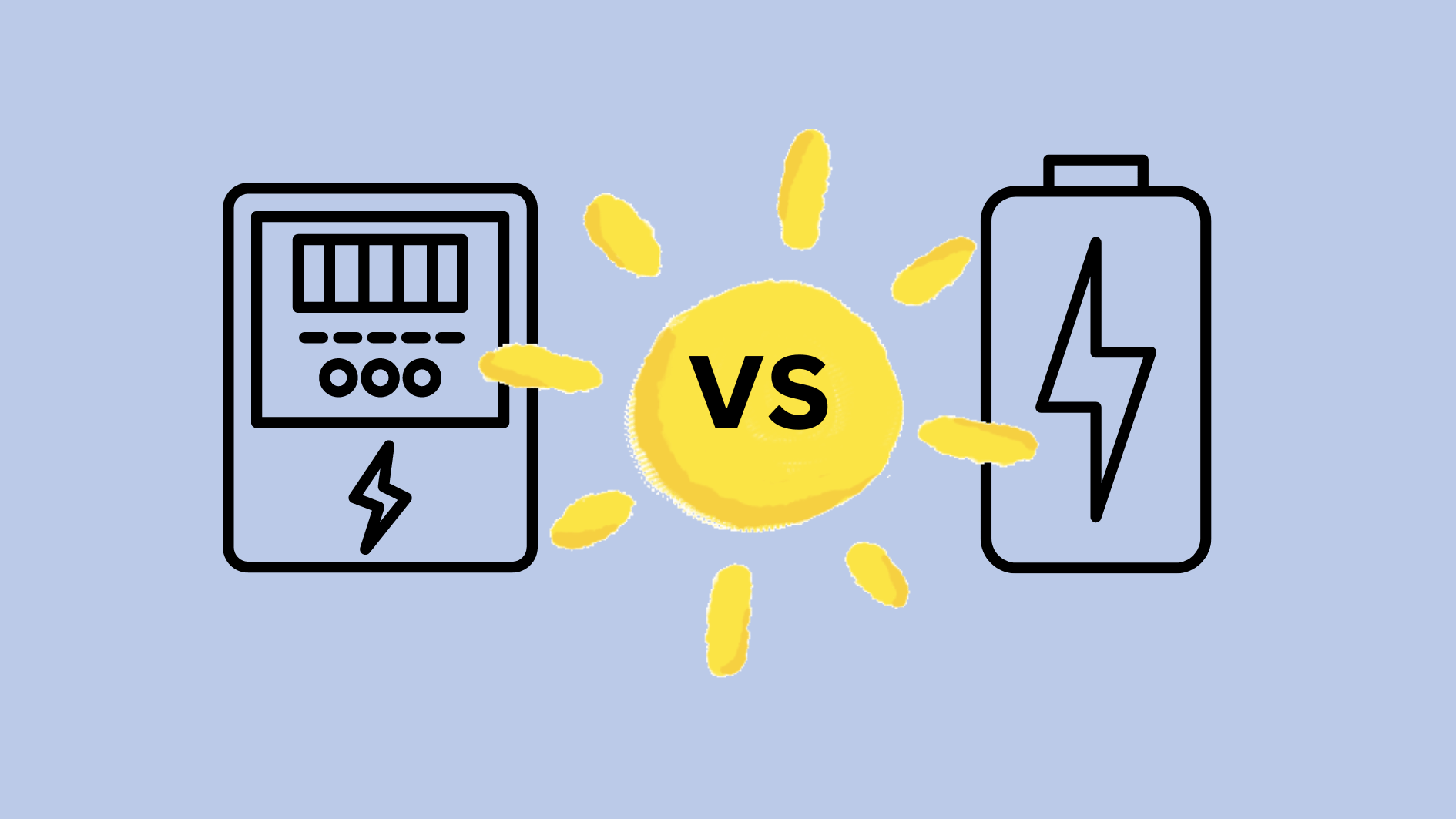Image source: Canva.com
Florida’s moniker as the Sunshine State isn’t just for show. Basking in 230 to 250 sunny days annually, the state offers prime conditions for harnessing solar energy. This natural advantage, combined with favorable net-metering policies and the federal solar tax credit, makes rooftop solar an attractive and potentially cost-effective option for Florida residents.
Key Solar Rebates and Incentives in Florida
Incentives significantly reduce the cost of solar in Florida. Here are the major ones to know about:
This credit, formerly known as the federal investment tax credit (ITC), offers average savings of $9,890. It reduces the cost of your solar panel system by 30%.
Florida Solar Sales Tax Exemption
This exemption saves you 6% of your system’s value. You don’t have to pay any sales tax on new solar panel systems in Florida.
Florida Solar Property Tax Exemption
The average property tax rate in Florida is 0.91%. If you use solar energy, you won’t have to pay property tax on the added value that your solar panels bring to your property.
Net Metering in Florida
Florida is one of the best states for solar in the U.S. thanks to its abundant sunshine, allowing solar panels to generate substantial energy. However, the biggest advantage is Florida’s net metering policy.
While many states have scaled back net metering, with utilities opting not to pay solar homeowners the full retail rate for excess energy, Florida offers full-retail net metering. This means utilities pay you the full price for the solar energy you send back to the grid, significantly boosting the return on investment for solar panels in the state.

Net Metering vs. Battery Storage: Which Is More Cost-Effective?
Options for Financing Your Solar Panel System
Here are a few ways to finance your solar panel system so you don’t have to provide all the money upfront:
Cash Purchase
You’ll own the system outright and pay for it upfront, offering the best long-term savings.
Allows you to retain ownership of your system with little to no money down. Look for subsidized clean energy loans through local incentive programs for the best rates. Home equity loans or personal loans are alternatives, though private solar loans may come with higher interest rates or upfront fees.
A third-party company owns the system and either leases you the panels (solar lease) or sells you the electricity they generate (PPA). These options typically offer lower savings and can involve lengthy contracts. Be sure to carefully review the terms before committing to avoid potential drawbacks.

The Solar Panel Payment Dilemma: Solved!
Navigating the Solar Interconnection Process
The Net Metering Rule for Florida is outlined in the Florida Administrative Code, which binds utility companies to its regulations. Each utility company has an interconnection agreement form approved by the Public Service Commission.
In our service territory, the main utility companies are FPL and LCEC. Both offer interconnection under Tiers 1, 2, and 3.
Step-by-Step Guide
Step 1: Application Filing
Your solar installer handles the interconnection application, which includes a signed contract, system description, design details, and product specifications.
Step 2: Permit Acquisition
Securing permits is typically the lengthiest part. Requirements vary by location, so the timeline can vary greatly – from one to six weeks – before installation can commence.
Step 3: System Installation
Once permits are in hand, installation begins. This is surprisingly the quickest step, typically taking only 6 hours for residential setups and up to 3 days for more complex installations.
Step 4: Meter Setup
After installation, your installer arranges for the installation of new electricity meters required for net metering participation.
Step 5: System Testing
Before activation, rigorous testing and inspection of the solar panels are conducted to comply with New York State’s testing protocols.
Step 6: Final Approval
Upon successful testing, your installer notifies the completion, and you receive written acceptance within five business days. Your solar panels are now ready to generate clean, renewable energy for your home!
This process typically takes 2-3 months from start to finish, though timelines can vary based on local regulations and utility responsiveness.
Are Solar Panels Worth It In Florida?
Absolutely! With excellent incentives, a robust net metering policy, and low installation costs, solar panels in Florida are more affordable than ever. Here are some of the key benefits:
- 30% Solar Tax Credit: This significantly reduces the cost of installing your system.
- Energy Savings: Going solar can save you money on your energy bills.
- Increased Home Value: Installing a solar system boosts your home’s value.
- Environmental Impact: Solar energy is great for the environment.
Curious about how much you can save on your Florida home? Enter your details into our solar calculator to find out!





